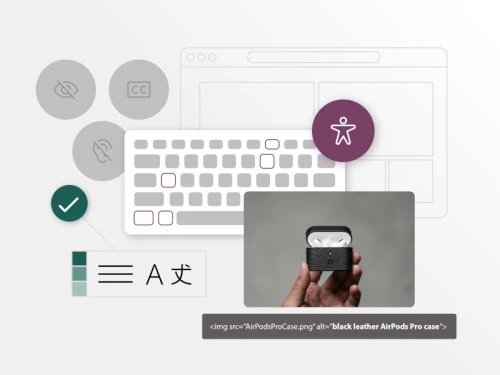Web accessibility
Website accessibility refers to the practice of designing and developing websites so that they can be used by everyone, including people with disabilities. This involves adhering to guidelines and standards, such as WCAG, to ensure that all users can perceive, operate, understand and interact with the web content.
Brightspot integrates accessibility throughout its CMS platform and delivery processes. The focus spans design, development, content creation and QA, ensuring inclusive digital experiences from the ground up.
The European Accessibility Act (EAA) takes effect June 28. Learn how to prepare your sites and apps to meet the requirements of this new law, which uses WCAG 2.1 AA as the baseline standard. The EAA applies to any business with digital properties accessed by users in the European Union.
As Hurricane Milton hits, NPR’s rapid response offers low-bandwidth text-only news sites to support communities with limited internet access.
Web accessibility is a crucial yet often unnoticed element of the modern internet, ensuring that websites are usable by everyone, including those with disabilities. By implementing accessibility features and adhering to standards like WCAG, we create a more inclusive web, enhancing the overall user experience for all.
Digital accessibility standards have existed since the 1990s, yet accessibility remains woefully inadequate.




